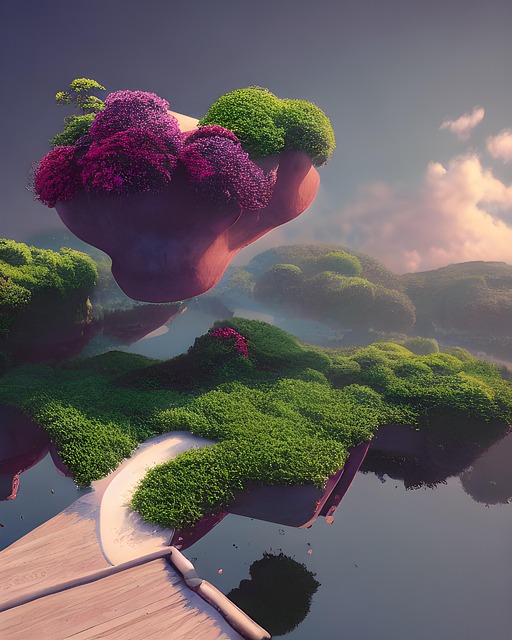Section 1: Introduction to AI in Art
The world of art has always been a realm of endless possibilities, where creativity and imagination know no bounds. However, with the advent of Artificial Intelligence (AI), the boundaries of artistic expression are being pushed even further. AI, which was once thought to be solely reserved for technology and science, is now making its way into the world of art, revolutionizing the way we create and experience it. In this article, we will explore the impact of AI on creative expression and how it is changing the landscape of art as we know it.
Section 2: The Rise of AI in Art
AI has been making its presence known in the art world for quite some time now. From creating paintings and sculptures to composing music and even writing poetry, AI is proving to be a powerful tool in enhancing human creativity. One of the most notable examples of AI in art is the painting “Edmond de Belamy” created by the art collective Obvious. This painting was created using a Generative Adversarial Network (GAN), a type of AI algorithm, and sold for a staggering $432,500 at an auction in 2018. This marked the first time that an AI-generated artwork was sold at a major auction house, signaling the growing acceptance and interest in AI art.
Another significant development in the rise of AI in art is the creation of the first AI-generated music album by the artist Taryn Southern. The album, titled “I AM AI,” was entirely composed and produced by AI, with Southern providing the vocals and lyrics. This groundbreaking project not only showcases the capabilities of AI in music but also raises questions about the role of human artists in the creative process.
Section 3: The Impact on Creative Expression
The integration of AI in art has sparked a debate about the impact it will have on creative expression. Some argue that AI will replace human artists, making their skills and talents obsolete. However, others believe that AI will enhance and complement human creativity, opening up new possibilities for artistic expression.
One of the main advantages of AI in art is its ability to generate vast amounts of data and analyze it to create new and unique artworks. This allows artists to explore new techniques and styles that they may not have thought of before. Additionally, AI can also assist in the creative process by suggesting ideas and providing inspiration, allowing artists to push the boundaries of their imagination.
On the other hand, there are concerns that AI may limit the diversity and originality of art. As AI algorithms are trained on existing artworks, there is a risk that AI-generated art may become repetitive and lack originality. This raises questions about the authenticity and value of AI art and its impact on the art market.
Section 4: The Future of AI in Art
The future of AI in art is undoubtedly exciting and full of possibilities. As the technology continues to advance, we can expect to see more innovative and groundbreaking artworks created with the help of AI. AI is already being used to restore and preserve ancient artworks, allowing us to experience them in their original form. This technology also opens up the possibility of creating virtual artworks that can be experienced in immersive environments, blurring the lines between the physical and digital worlds.
Moreover, the integration of AI in art has the potential to make art more accessible and inclusive. With AI-generated art, people with disabilities can experience and create art in new ways, breaking down barriers and promoting diversity in the art world.
Conclusion
In conclusion, the impact of AI on creative expression in art is undeniable. It is changing the way we create, experience, and perceive art. While there are concerns about the role of human artists and the authenticity of AI art, there is no denying that AI is opening up new possibilities and pushing the boundaries of artistic expression. As we continue to explore the potential of AI in art, one thing is certain: it is revolutionizing the world of art, and we are only scratching the surface of what is yet to come.










